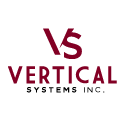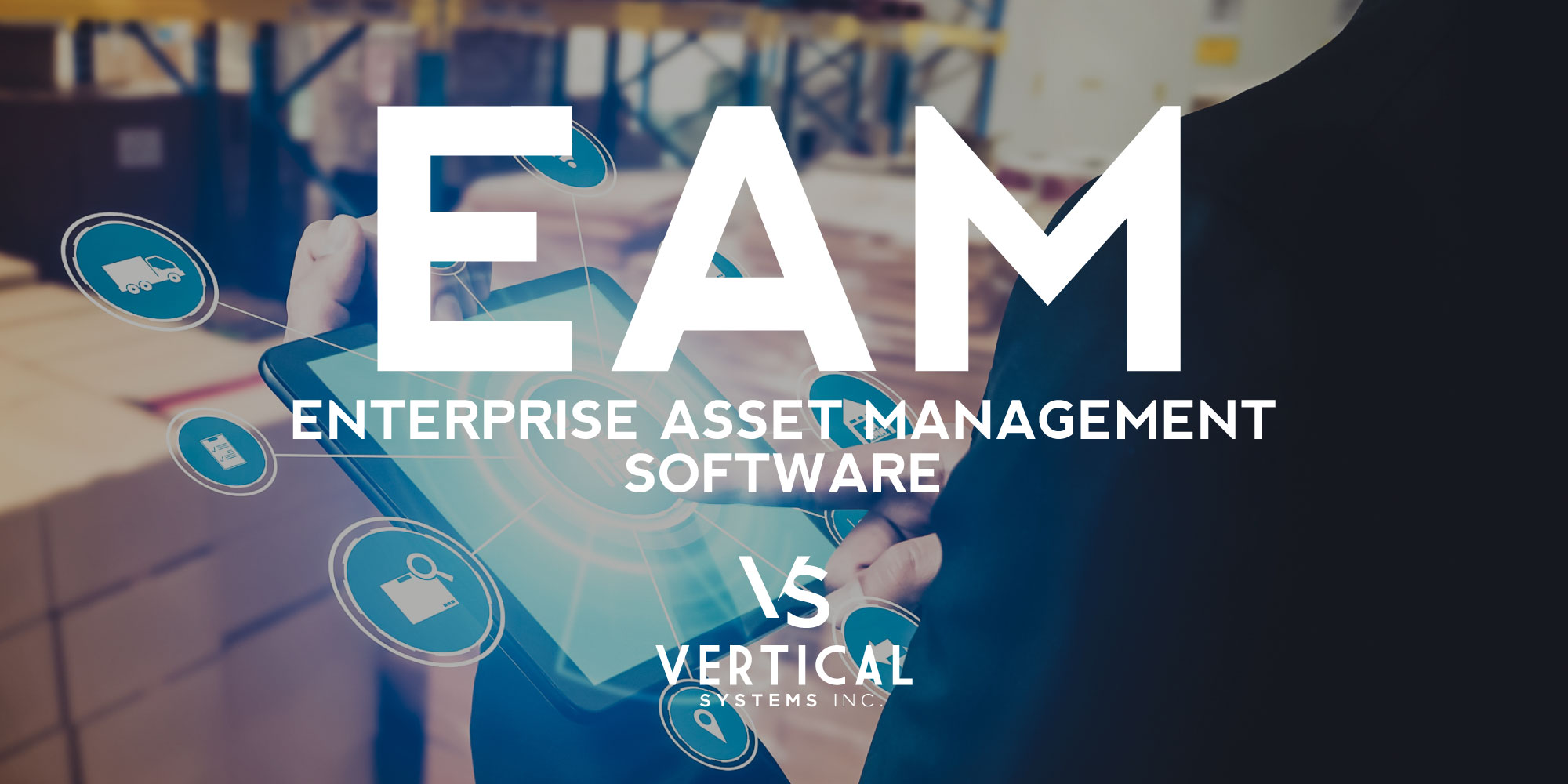There are countless reasons to leverage Enterprise Asset Management (EAM) software. It is widely accepted as a best practice for managing the lifecycle of physical assets to maximize use. What is often overlooked is how to best track those assets as they are moved throughout an organization. Many companies will use spreadsheets or even scan barcodes as the assets are used, moved, or maintained. This often takes additional labor and complexity to semi-accurately reflect the movement of the assets within the EAM. Rather than relying on manual tracking processes, this article provides insight focused on the use of RFID tracking to further the effectiveness of EAM implementations.
What is Enterprise Asset Management?
Enterprise asset management (EAM) is the process of managing the lifecycle of physical assets to maximize their use, saving money and improving efficiencies of those assets. A large portion of EAM software is tracking those assets as they are used and/or moved between users, jobs, or physical locations, including through asset maintenance.
What is RFID?
Radio Frequency Identification (RFID) is a technology that uses the electromagnetic coupling of radio frequencies to passively identify objects. From a non-technical standpoint, tags will broadcast their unique identity using radio waves that are picked up by nearby readers.
RFID systems consist of three primarily hardware components:
- RFID Readers – fixed or mobile readers are used to broadcast and interrogate radio waves to find nearby tags.
- RFID Antennas – each reader is affixed with one or many antennas that are optimized for the environment and desired read zone.
- RFID Tags – the RFID tags, commonly in the shape of a label with an embedded inlay (Smart Label) will send identifying value using radio waves to the nearby readers/antennas.
RFID technology allows for multiple tags to be read simultaneously and does not require line of sight to determine the nearby tags/assets. Additionally, fixed readers can be used without human interaction which allows tags to be read as they move through pre-determined read zones.
Leveraging RFID for Asset Management
The ability to fully automate asset tracking using RFID technology translates to minimizing labor costs, time effectiveness, and provides a high degree of accuracy. Consequently, the technology is widely embraced in all fields ranging from vehicle tracking, inventory control, and cargo and supply chain logistics. The technology is ideally suited for asset and equipment tracking.
In asset management, RFID tags are affixed to capital assets to capture the movement and operations performed on each asset. The real-time data is processed by the asset tracking software to give a vivid picture of the current location and condition of the tracked asset. By more accurately tracking assets through maintenance and usage, the EAM can be used to increase the life span and limit the loss of assets. It can also be used to ensure compliance with enterprise standards.
Benefits of embracing Asset tracking software
A warehouse manager who embraces EAM software with RFID technology can expect to reap benefits such as:
Purchase order management
In an organization, when an asset is bought, it is recorded by the procurement department which notes the number of assets purchased, the model, and the price that it has been purchased. For assets that exceed a certain price that may vary depending on the enterprise, the purchase is recorded by the fixed asset management department.
The incorporation of EAM software into a warehouse makes it possible to incorporate the function of both departments by recording the acquisition of an asset. Additionally, the asset tracking software monitors the whole course of the asset during maintenance and in case of depreciation. Therefore, informing the warehouse manager of any disposition where the repair and maintenance cost exceeds the performance accrued which may necessitate purchasing another asset.
Enterprise-wide visibility of the physical assets
The asset tracking software provides real-time visibility of the assets at the click of a keyboard or tap of your smartphone. More critical is the fact that EAM software tracks and gives data of all warehouse assets simultaneously. Consequently, a warehouse manager can monitor the performance of the asset and take necessary steps that will foster productivity from a remote place.
By leveraging RFID to capture the movement of Assets, this visibility is improved as the real-time location of assets is updated as each asset moves through designated RFID read zones and portals.
Lower labor costs and risks
Coupling the RFID technology with asset tracking software significantly reduces the number of employees that are needed to perform repetitive tasks such as tracking a company’s asset, inspecting the asset, and feeding the data obtained into a computer which will need to be analyzed later. It is possible to perform the functions autonomously which saves on production costs.
There is also a lower risk associated with human errors in the process. Accurate monitoring of performance will foster additional savings on tax credits. For instance, in vehicle tracking, where the manager can prove he has maintained a log of mileage driven to warrant standard mileage deduction.
Faster decision-making process
The ease of accessibility of data in a timely fashion can give a business an advantage over competitors by making rapid decisions that are backed by data. An informed decision needs to be backed by sound data that details the real situation in the business. The capacity of an asset tracking software to monitor many business activities related to the asset of the business, especially when coupled with RFID technology fosters fast decision-making that is informed and effective.
Maintenance planning and scheduling of assets
The EAM software’s analytics tool can be programmed to determine the time when assets need repair and plan maintenance in a manner that there will be minimal disruption of production activities. The preventative repairs which are done routinely can be captured automatically using the RFID software.
Summary
In conclusion, the incorporation of Radio Frequency Identification (RFID) technology with EAM software can improve the accuracy of tracking assets with less effort. Consider an RFID-enabled EAM or leveraging an RFID middleware like RAPID RFID to expand the capabilities of your Asset Management.

Vertical Systems is a software company with core offerings centered around RFID technologies. VSI’s RAPID RFID product suite offers a wide range of solutions to improve asset visibility and reduce labor costs.







